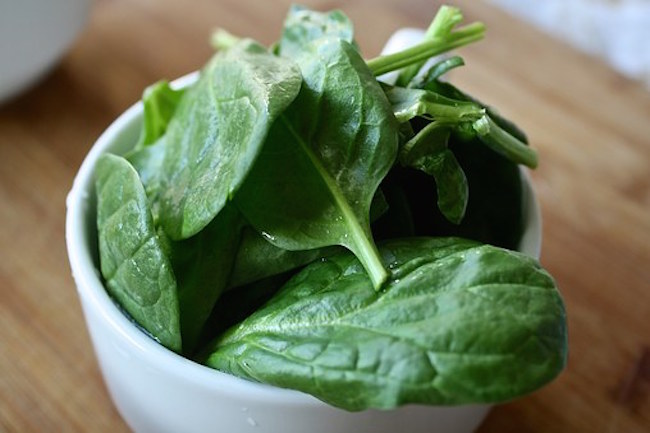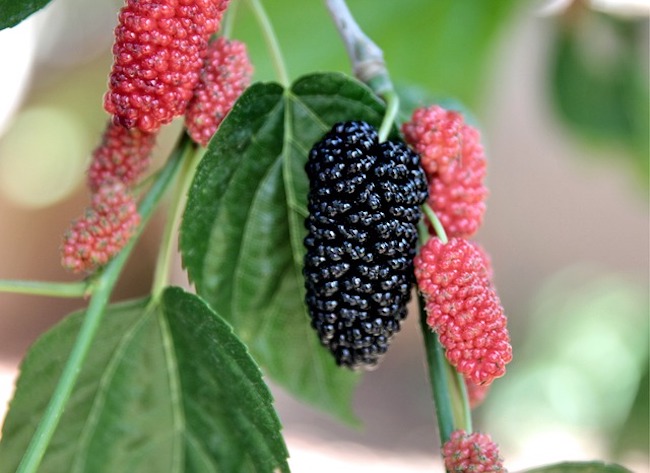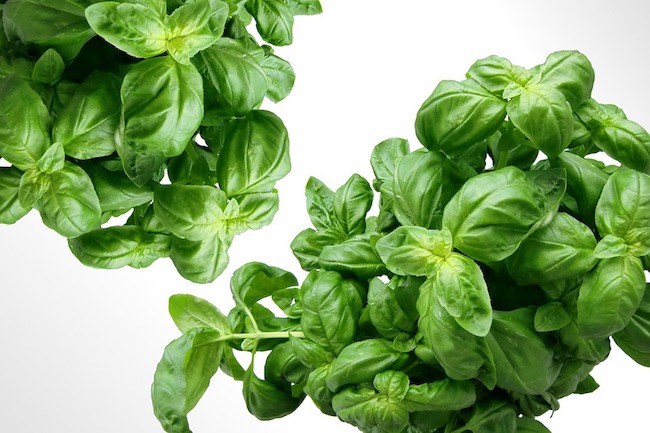Spinach vs Kale: Health Benefits and How to Cook Them By Jessy Donston for Natural News

Spinach Smoothie Health Benefits
If you ever wondered what are the health benefits of spinach and kale, then read further below.
I’ll be honest with you: I love almost all foods, or at least I LIKE almost all foods. The exception to this is kale.
I realize that admitting this is tantamount to signing out of the food business on any level.
The New Kale Fad
ale is a religion these days, whether juiced or made into a smoothie, made into crunchy oven-chips, tossed with pasta or most bizarrely of all, “massaged” into a salad. I myself have done all these things with the green stuff, mostly at the behest of my obsessed and well-meaning friends (you know who you are), and I’ve even gone so far as to order kale in Michelin-starred restaurants when I get a chance.
Finally I have given up. I think I can retain my credibility as a cook and food writer if there’s just ONE thing I don’t like.
But my desire to feed myself and my family and friends foods loaded with nutrition (and great flavor) has led me back into the not-so-distant past when another leafy green got all the attention. “
Tuck in this week, because March 26 is National Spinach Day! ”
We’re talking spinach. You know, the stuff Popeye ate straight from the tin, and voila! Huge biceps.
Spinach Health Benefits and How to Cook it Properly
I LOVE spinach! It’s tender and velvety where kale is a bit tough. It’s easy to love (no massaging required) and lends itself to every possible kind of dish from soup to casserole. And while kalemay have the slight edge over spinachin over-the-top nutrition, this is a matter of comparisons like 684% versus 181% of your RDA of Vitamin K. Whichever leafy green you choose, you’re getting way more Vitamin K than you need. They’re both amazing sources of everything you want in an ingredient: fiber, calcium, vitamins and minerals.
But of course the road to heaven is paved with misery for any foodstuff, as you’ll know if you’ve ever paid attention to the good fat–versus–bad fat controversy, the caffeine controversy, the protein–versus–carbohydrate controversy. Don’t even get people started on eggs. Spinach is famous in the micro-industry of food fear for containing something called “oxalates,” or oxalic acid that’s been bound to calcium in the bloodstream. Some people will run across the streetto avoid oxalates (these people believe they cause kidney stones, and reputable studieshave suggested an inconclusive link), where other people are equally fervent that cooking will remove any threat from oxalates and that in any case, the health benefits of spinach outweigh the risk.
I’m glad I’ve never had a kidney stone and as such, can feel free to eat as much spinach as I want. But I think most people will agree that spinach is a gloriously versatile, healthy ingredient to add to your list of colorful foods to enjoy, and we all know that the more colorfula food is, the more likely it will be good for you.
Several years ago, spinach featured in a rash of E.coli poisonings, and that put a bit of a damper on bagged lettuces for while. One hopes that food quality standards have improved since then.
We all know that there is spinach, and then there is baby spinach. They are probably nutritionally identical, although there again, you can get people to argue about it. Baby spinach is, unlike baby carrots, REALLY the baby version of the plant, simply harvested earlier. (You do know, don’t you, that the vast majority of “baby carrots” are simply regular carrots whittled downto look infantile?) As you’d expect, baby spinach is more tender than adult spinach, and there are virtually no spines and the stems are always edible. Also as you’d expect, baby spinach is more expensive, so unless you’re planning to eat the spinach raw, or you don’t want to go to the trouble of trimming the adult leaves, don’t bother with baby spinach. Some people find that adult spinach has a stronger taste than the baby version, but unless you’re eating spinach whilst hoping to avoid its taste (an odd thing to do), this shouldn’t put you off adult spinach. It’s nice to have the choice, though.
The loveliest way to use raw baby spinach is in a salad, of course. Just a handful of leaves makes a lively addition to a superfood salad of roasted scallops and beets, creamy goat cheese, avocado, and anything else that makes your heart sing.
How to Cook Spinach
The first thing you will notice when you begin cooking with spinach is how it WILTS! You buy a lovely large bag of spinach, as a novice, and bring it home to feed your family, and find that the moment the leaves begin to cook (in water or oil or butter, just as you like), they lose a tremendous amount of volume. My innumerate brain balks at trying to understand the relationship between volume and weight (maybe a pound of raw spinach equals a pound of cooked spinach, maybe it doesn’t), but the simple fact is that you must buy a great DEAL of raw spinach if you want to have anything like enough cooked spinach to feed more than one person.
One of my favorite dishes at London sushi restaurants is a fusion-y plate of steamed, chilled spinach, topped with a generous dollop of tahini sauce. I made this at home and discovered that in order to produce enough of this dish to serve two people, I had to begin with a half-pound of raw spinach! In this way, it is immediately obvious that you’ll get to eat a lot more spinach if you cook it, and since it’s simply bursting with nutrients, you’ll want more rather than less.
Our family’s hands-down favorite way to eat spinach is so-called “cheesy spinach.” This recipe is modified from an original Laurie Colwin recipe calling for frozen chopped spinach and Monterey Jack cheese, and it is a heavenly original recipe. But the more I cooked it, the more I realized I would rather start with fresh spinach, and that it was well-nigh impossible to find Monterey Jack cheese in London. What I ended up with after many iterations is simply the most savory, bright green concoction you can imagine, heady with celery seed and celery salt. It’s like creamed spinach on drugs. I fed this to a group of bell-ringing friends once and it has since been known to all of them as “green goo” and is my most-requested contribution to potlucks.
This is a rich dish, however. If you fancy your spinach rather lighter, you can do no better than another family favorite, “Farfalle With Spinach and Roasted Red Peppers.” This dish features Italian seasoning in a starring role, lifting the humble spinach into an Italian delicacy with red onions and peppers into a glorious amalgam. You can use any type of short pasta with this dish, but farfalle are cute.
I am a sucker for any vegetable blended in homemade stock, and spinach is no exception. It needs almost no cooking time to be soft and ready for an immersion blender, and you can deliver an enormous jolt of spinach greatness in the slurpy fun of a warm bowl. And if you, like I, enjoy the peppery bite of watercress, you can add a generous bag of it to spinach soup for a real green treat. And for a very simple, almost instant bowl of soup, choose a good-quality brand of dried soup, like Knorr, and add two large handfuls of spinach to the simmering pot, then puree with your blender. What a perfect lunch for an impecunious student!
Of course there is nothing yummier than Eggs Benedict, except for Eggs Florentine. Instead of a slice of ham (or in addition to it, why not?), the poached eggs sit stop a lovely bed of steamed spinach, either on an English muffin or not if you’re gluten-free, and topped of course with a generous helping of fresh Hollandaise Sauce. Heaven! Did you know that dishes are called “Florentine” because Catherine de’ Medici loved spinach and she was born in Florence? She is said to have insisted that spinach was served at every meal when she became Queen of France in 1522.
So ends my tale of spinachy delights. Tuck in this week, because March 26 is National Spinach Day!
Give us your take on spinach. Do you have a favorite way to prepare spinach?




